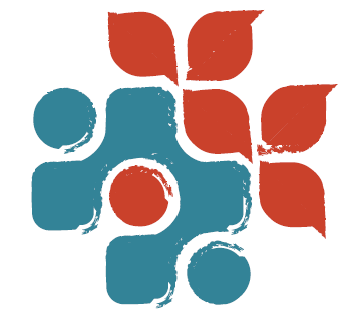Injury, Aging and Adaptability By Romtin Shaaban-Khamseh PT
“I guess I’m just getting old”—I hear this all the time!
In my physiotherapy practice, I see many people coming in for treatment of an injury that “just came out of nowhere” or they “just woke up with it” and they often chalk it up to “getting old”. Although aging and injuries do trend together, aging is not the cause.
Why injuries occur more with Aging is due to the lowering of another ‘A’ word… Adaptability. In health, all body parts are cooperating when performing a task. When there isn’t full cooperation, some body parts are forced to take on more of the workload. If this happens often enough, those parts become overburdened with the others’ tasks, making them more prone to injury.
This pattern typically increases with age, but it’s less about aging in and of itself and more about the toll your body takes over time. By simply living, it is inevitable you will experience some degree of trauma (small or large, physical and emotional), which may leave physical and/or mental imprints. These traumatic imprints often cause those areas of the body to become segregated from the rest and no longer cooperate in global tasks.
Let’s use the example of a common injury: a sprained ankle. In your early 20s, you sprained your ankle badly and you were not able to put full weight on it for 3 weeks. After about 2 months, it fully healed and no longer caused pain, but it left an imprint. The muscles in the area have altered after 3 weeks of not putting full weight on it and you certainly don’t have the same level of confidence about that ankle than you used to, so you don’t quite use it the same way. You continue living your life: working a desk job, playing recreational sports on weekends, and going on runs a couple of times per week for a couple of decades until one morning you wake up with low back pain on the same side of your old ankle injury. The old ankle injury created a maladaptation causing it to no longer fully participate in your daily tasks, and so your low back had picked up the slack for decades until it couldn’t take it anymore.
As we get older, we accumulate more of these traumas. These traumas become imprints in the body and these imprints then become isolated from the whole, passing the buck to the other remaining areas of the body. When body parts become isolated, they leave less options for what our bodies as a whole are capable of doing. In other words, isolation of the parts lowers adaptability of the whole.
So, what can be done to prevent our old traumas from causing new injuries? Areas that have old trauma should be mobilized, challenged in a graded fashion, then with a conscious effort, integrated into whole body movements (i.e. squats, rowing, swimming, etc.). A tailored rehab/pilates program with emphasis on conscious awareness of reintegrating old injuries into global body movements can be great at preventing new injuries from “just coming out of nowhere”.
You can’t get younger, but you can become whole again.
